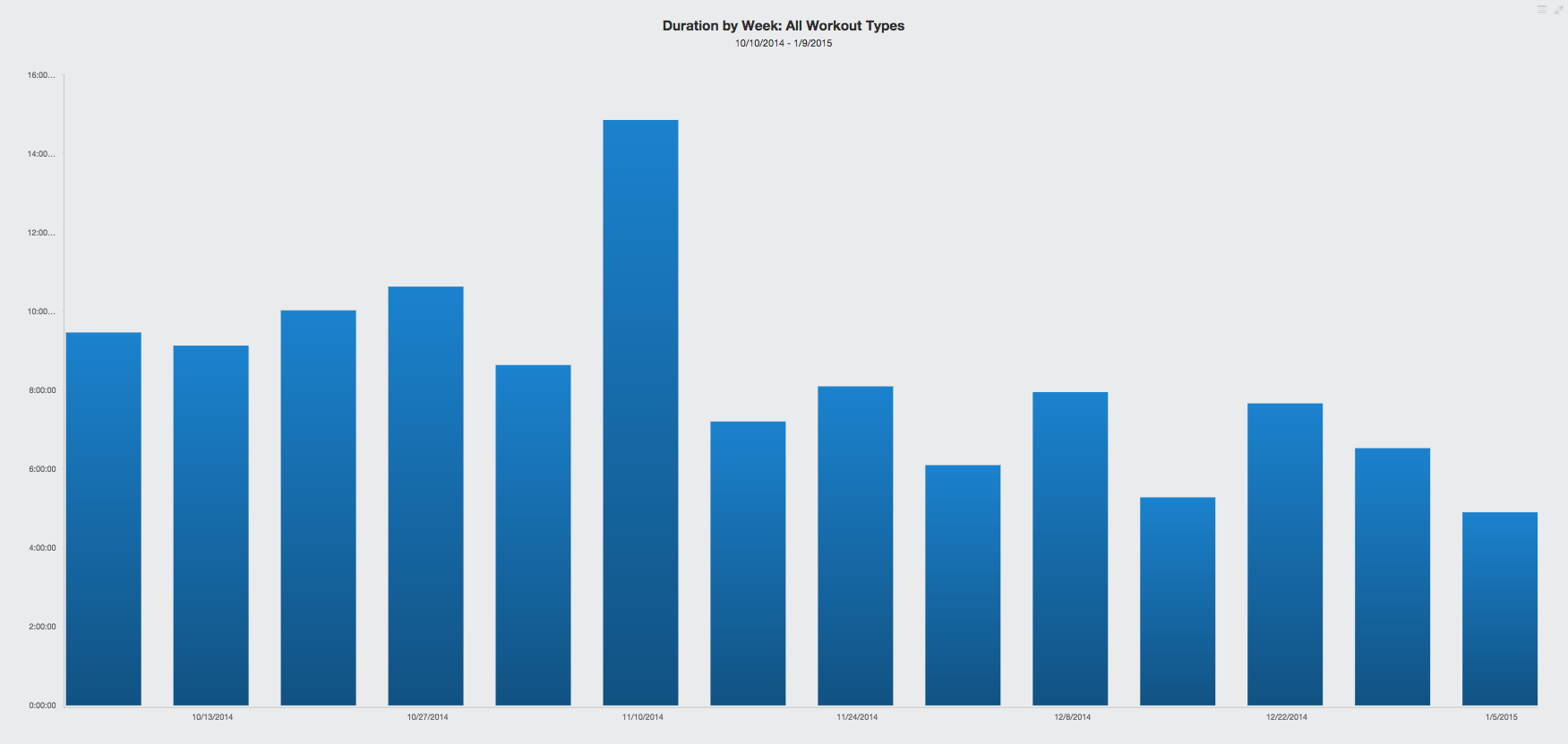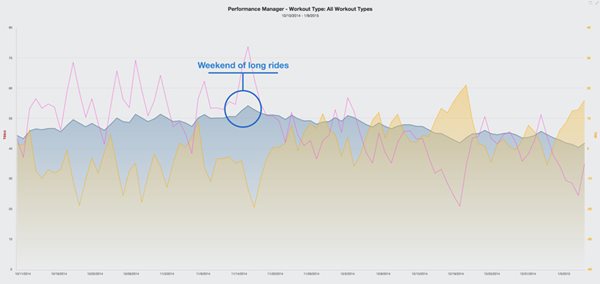One of the biggest challenges presented to a coach is how to manage an athlete’s limited amount of available training time. Unlike European professionals whom we read about and their long training rides that are needed for international competition, most of our riders only have a few hours a week in which to get in the proper amount of training needed to reach their racing goals.
For instance, my article from last October about our rider Adam and how he used his power meter for cyclocross. That entire season was fantastic for Adam; he won no less than five regional races and stood at the podium at the National Championships. He did all of that averaging only 8.25 hours per week of training and racing combined!

The required training load for a successful and fun road riding season can be done with far less hours per week than assumed by many riders as long as it is done smartly and correctly. As a full time professional coach, it is my primary role to take whatever the athlete presents as their requirements and constraints (time, work travel, budget, etc) and create an adaptive training plan that will give the highest level of fitness to that athlete.
Chronic Training Load
Chronic Training Load (CTL) is often referred to as fitness. This is defined as the forty-two day rolling average of the daily Training Stress Score® (TSS®) of that athlete’s workouts. For all of the different types and competitive levels of athletes with which we work here at Finish Fast Cycling, we have different goals for the value of an athlete’s CTL based on the anticipated duration and prolonged intensity of their events. For instance, a domestic elite or professional cyclist might have a different requirement than a local Category 4 racer. We also track peak power numbers and heart rate efficiency at the same time as CTL so as to find where an individual rider performs the best. Remember that every single athlete is different.
Training Stress Score
So, when we are trying to cram workouts into a week for a rider with a full time job and family obligations, we have to plan the workouts to manipulate the Training Stress Score® (TSS®) of each training session so that they reach our long term goals. A great way to visualize TSS is to associate a 40km time trial as hard as possible, about an hour, with 100 TSS points. We could also assume that a one hour moderate ride would be about 50 TSS, and so on. TSS values are determined using power if available, or heart rate, using an algorithm that takes highs, lows, and accelerations into account to generate an accurate TSS value. For instance, below we see a 1:50 long workout session that had a 101 TSS value. With a lot of short hard intensity and long recovery parts, it hits the energy systems and skillsets that Adam needed for the racing season.

In addition to that sort of longer indoor ride, we also asked Adam to do a shorter ride with less intensity, hitting mostly tempo intervals but with minimal recovery. He was able to accumulate a TSS of 67 in only 1:15 of riding.
With just a combination of five of these rides per week; a total of only about 6 to 8 hours; would give you a potential CTL of almost 60 points. And then, when you add in a core strength session, maybe a long ride with the club on the weekend and maybe even a race, and your athlete has all of the fitness that is needed to be successful. If we are behind on Adam’s CTL goals or more likely, if he had to skip a workout or two because of work obligations, then we have to substitute the plan with a workout that has a higher TSS.
And of course, in addition to those workouts, we needed to make sure that we balanced his training rest and recovery with his “real life” so that he was freshest and balanced on race day. A great tool for the coach and athlete is the Performance Management Chart (PMC) which shows the balance between Fitness and Fatigue (ATL). It is also the role of the coach to interpret the athlete’s feedback if more rest is required to recover from work or visiting the family!
There is no doubt that if an athlete has the ability to get in a few weekend rides squeezed in around soccer games and school vacations to help boost the CTL and hit some specific workouts, then that would be ideal. You can see from the PMC chart above how one weekend Adam was able to really enjoy a nice autumn weekend in Vermont with some long rides!

The lessons learned from Adam and his training can be applied to every type of rider at every level. Tracking the CTL of an athlete using the Performance Management Chart makes it easy for a coach or athlete to manipulate their limited training time to maximize fitness and enjoy a successful racing season!




